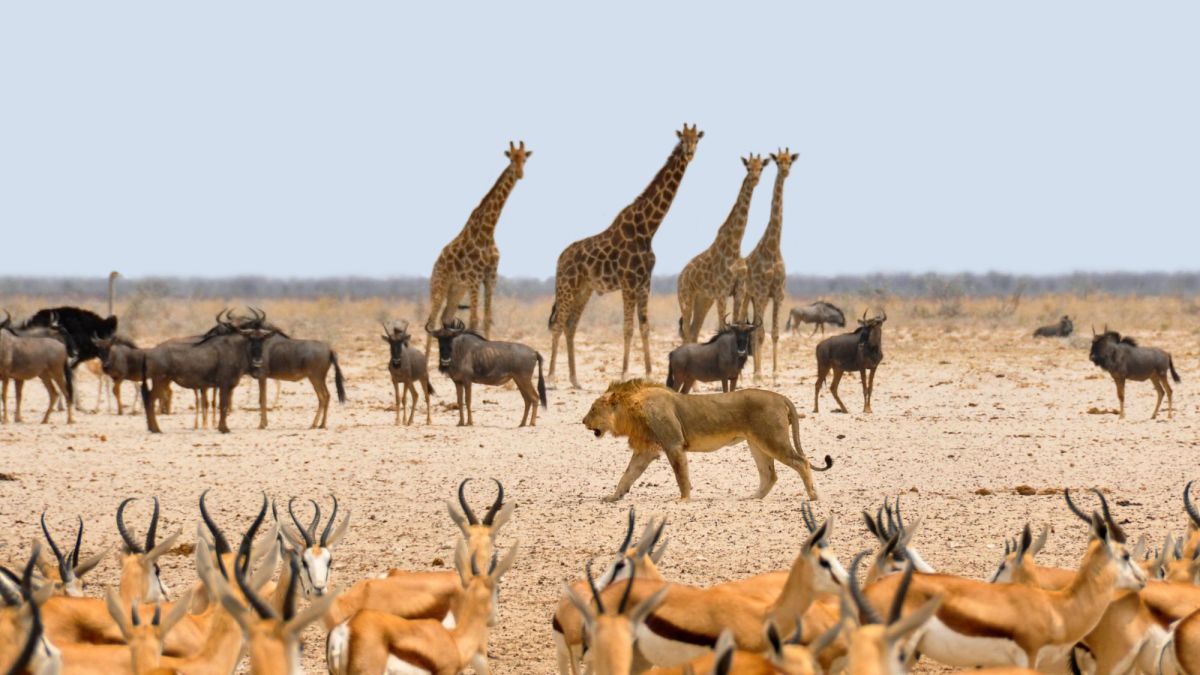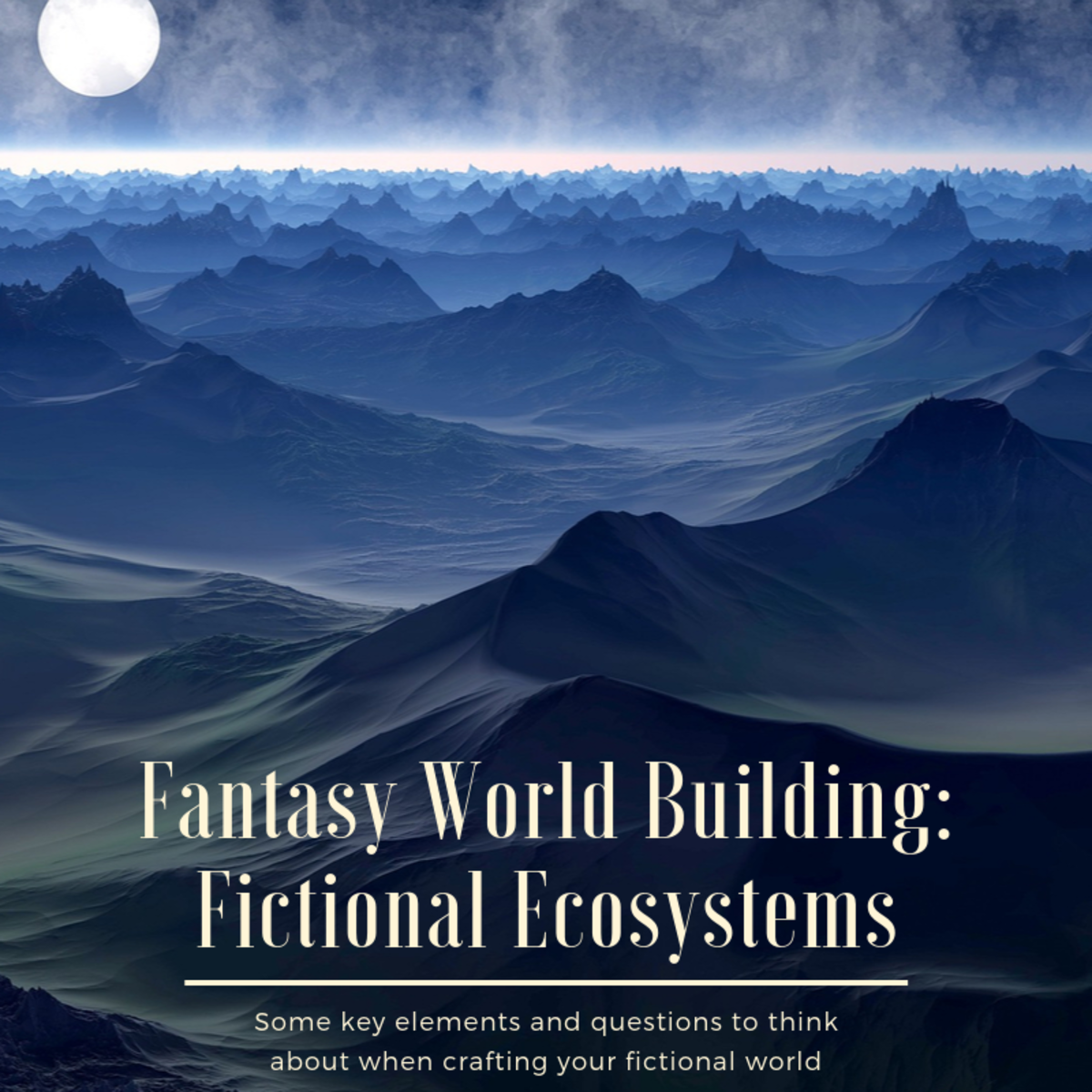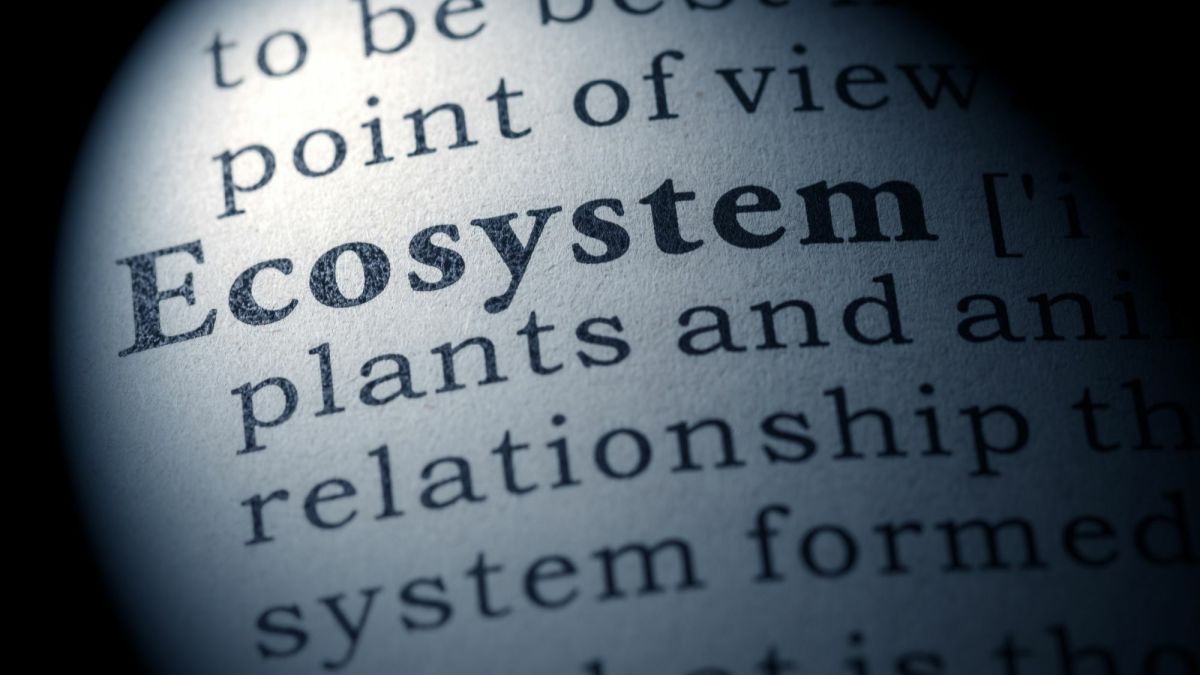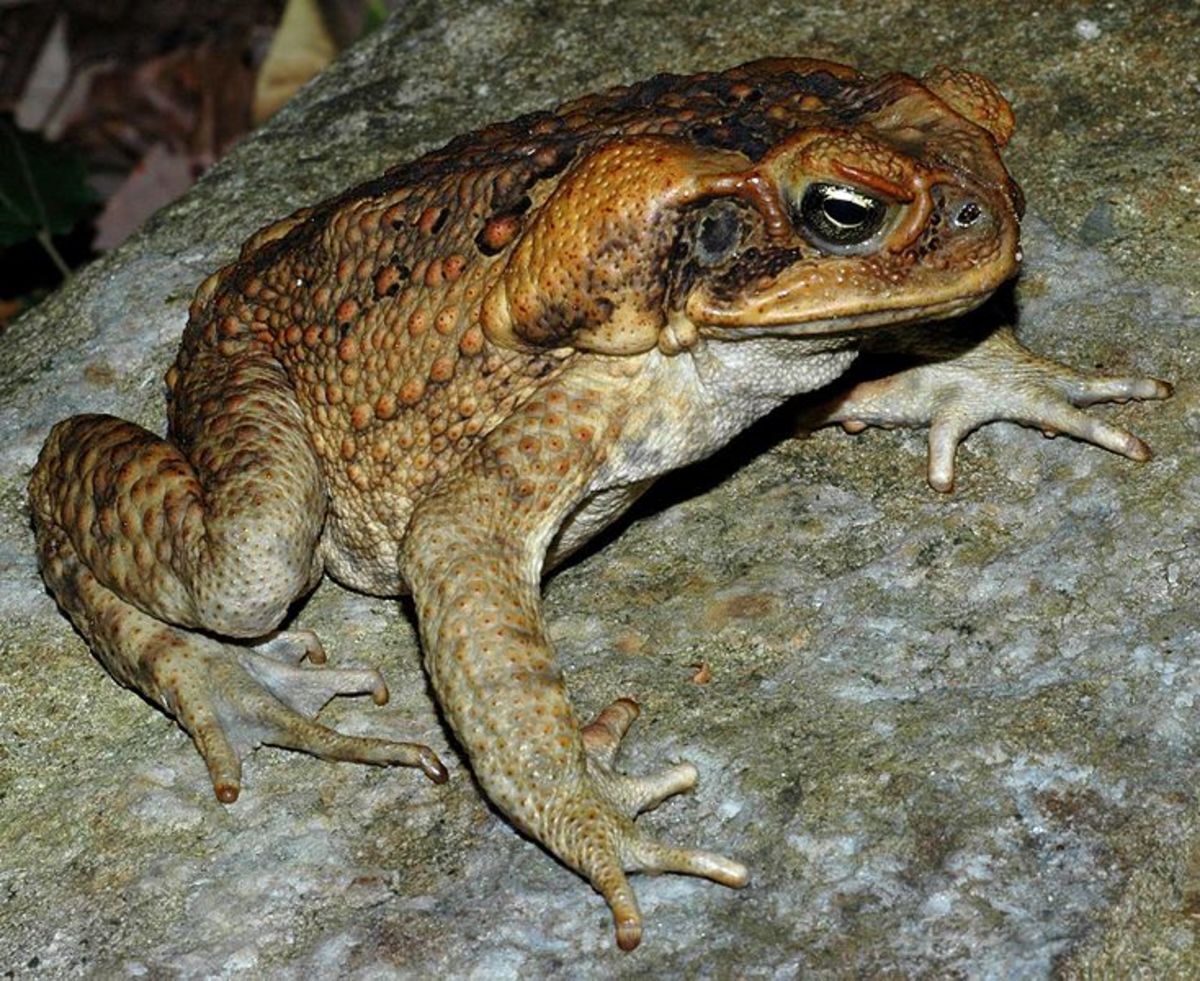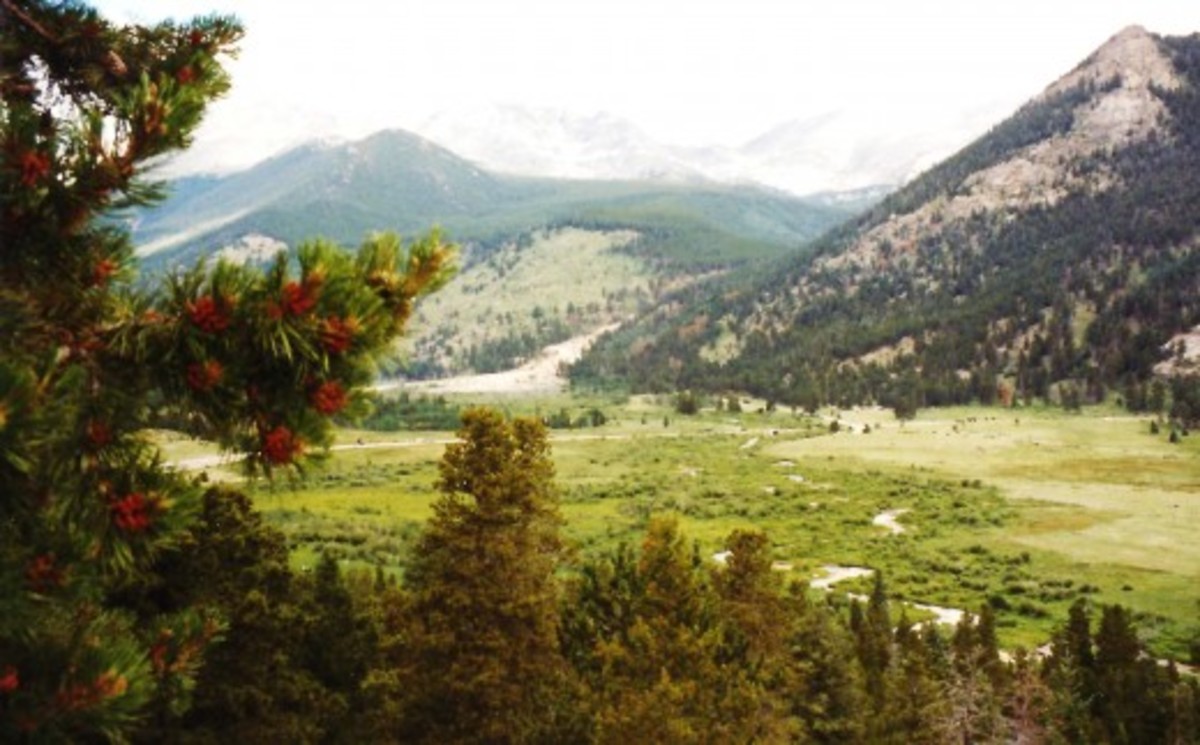Projected Thoughts: An Intertextual Reading of Ecosystems
What is an ecosystem?
To begin with an over-simplification of this vastly complex concept, let's turn to Merriam Webster.
An ecosystem is "the complex of a community of organisms and its environment functioning as an ecological unit."
This definition makes enough sense for a start: the interaction of all life within a biome, including interaction with the environment.
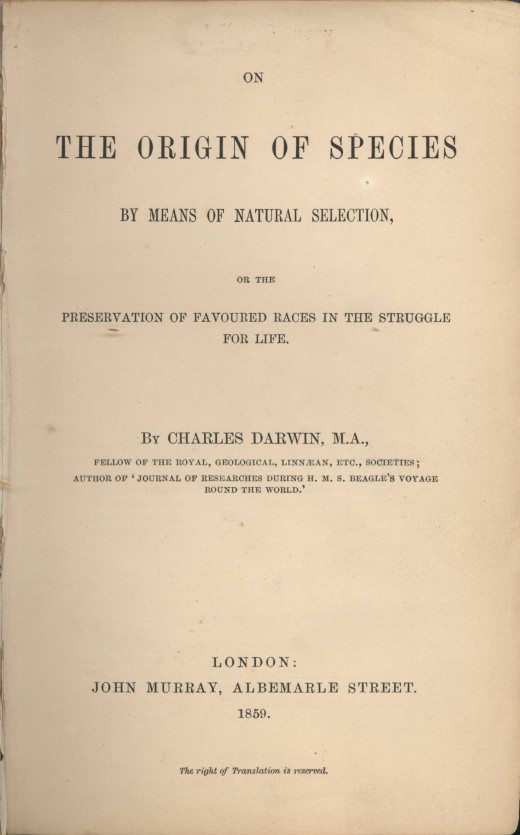
Time In an Ecosystem
What is it good for?
Evolution.
Hey, Can't We Change?
So, while the idea of all things within a system impacting all other things in some way may seem a little overwhelming, especially if you think about spending time in a crowded elevator or extended periods in a small room with others-- say an office-- no one imagines that the organisms within these systems remain stagnant.
That's where Mr. Darwin came in. His concept of evolution describes, through a polarized lens, how things shift over time. But even in Darwin's understanding, there's no reason that the changes lead to better conditions or species. The only thing sure is that things that thrive in the persisting conditions will thrive.
And here's where we introduce our first film, The Ruins. Scott Smith wrote the screenplay for this 2008 film based on a book by Scott Smith. The film was not extremely well-received by Matt Seitz, but Seitz's writing in The New York Times contains something which can be aptly coopted for this little exploration. "The Ruins is the latest in a long line of horror films about upper-middle-class travelers being terrorized in unfamiliar environments [which] could have been the most politically provocative horror film since Bug in 2007."
This idea of lineage is significant to our conversation.
Let's Imagine an Ecosystem
Our ecosystem is a simple one. There are tiny things, fungi, plants, and animals. And in our imaginary ecosystem in an exceptional place from let's say 200AD until the 16th century, We put a substance consistently. We'll look at it in terms of evolution. Remember, I mentioned that lineage would be significant? The organisms that would thrive in this special place would be those that thrived on this specific substance. And throughout generations, the organisms living in these conditions would have the opportunity to develop a singular appetite, which is to say metabolism. According to Vera Tiesler and Andrea Cucina in New Perspectives on Human Sacrifice and Ritual Body Treatment in Ancient Maya Society, published by Springer in 2007, this sort of shaping of the environment is precisely what the Mayans did. The place was their temples and courts. The specific substance was human blood and, more often and copiously, animal blood in general. (I will point out these notes do not consider the impact of any sanitation practices the Maya may have had in place. And it should be mentioned the Mayan are known for their sanitation systems. Though as antibiotic-resistant microbes have shown, loosely applied sanitation practices can result in healthy, unwanted life.)
This scenario of an adaptive organism is one explanation of what occurs in "The Ruins." Blood-hungry plants are growing on a Mayan ruin. From what we understand of ecosystems and evolution, if blood-hungry plants would grow anywhere, it would be in a place where there has been blood consistently and perhaps little other nutrient sources.
It's also interesting to consider some Mayan mythology. As this is not ancillary to our ecosystem reading of "The Ruins," but feeds into it, I'll provide the brief notes from A Brief Note on Human Sacrifice by a scholar who references other scholars. Keren Wang explains it "is also important to note that for the most part of the Mayan history, the predominant technique used in their human sacrifice rituals is decapitation – possibly as reenactment of the Xibalba lords — rulers of the Mayan underworld — decapitating the legendary Mayan ancestor twins Hunahpu and Xbalanque [...] According to writings from Popol Vuh, the oldest surviving pre-Columbian Mayan mythology, the death of the legendary hero twins Hunahpu and Xbalanque gave birth to the maize god – the mythological signification of the Mayan staple crop." A sacred plant's birth from the death of heroes seems to be the origin story of human sacrifice in the Mayan civilization.
Now let's ponder the concentrations of human and other animal mass that would have been present as a potential nutrient source in the cenotes, the places the Mayans disposed of the sacrificed throughout the centuries.
Okay. On to the next text.
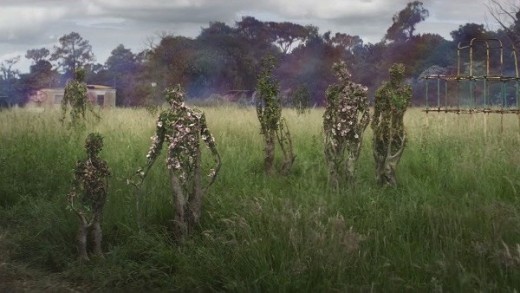
What's the Difference?
DNA.
But that's also what We have in common.
Let's Imagine an Ecosystem
Our ecosystem is a simple one. There are fungi, plants, and animals. And in our imaginary ecosystem in an exceptional place, a lighthouse specifically, something from outside our ecosystem is introduced. We'll look at this ecosystem in terms of evolution.
All cellular life shares "the same DNA which is basically a code of only 4 'letters' which code for the same amino acids from which all proteins are made. [...] It is not surprising that all animals and plants have the majority of their GENES in common. The mechanism by which sugars are oxidised to release their energy (respiration) is almost universal. [...] One catchphrase from genetics is that We share about 60% of our genes with a banana. But [...] such a statement can be very misleading" (Science & Plants for Schools).
But in our imagined ecosystem with the introduction of an external factor, let's suppose remnant strands of DNA are activated. Or, perhaps gene strands are moved from one organism to another, across species and kingdoms of life. This transfer of genes across common borders is one explanation for what happens in "Annihilation," directed by Alex Garland.
We get a relevant science education at the start of the film. Notably, time is a significant issue in this film in our exceptional place. Some might want to invoke physics, time-space, and so. But our scientist, central character, Lena, played by Natalie Portman, instructs us early on in the concept of cellular time, a biological clock. Another concept then is one not of external time, but metabolic time. Metabolic time is recognized by science as varied across species and kingdoms of life, so one organism's relative sense of time could be disconnected from another's.
When We think about "natural" shapes, the shapes We recognize as geometric expressions of genetic structures, it's not surprising that We see similar structures and colors across the kingdoms of life, as We have all developed from the same 4 letters on the same planet, which is to say very similar environmental conditions.
The character Josie Radek, played by Tessa Thompson, describes this recombinant process observed in the unique ecosystem of "Annihilation" as refraction. While in "Annihilation," this refraction is immediate, dramatic, catalyzed by an external catalyst, and wide-spread, there is evidence of some small-scale cross-species exchange of DNA on our "real-world" Earth. Science generally refers to this cross-species process as horizontal gene exchange. Scientists have documented DNA passing from insects to trees. And there is research that suggests genes passing across species into humans is existent as well.
There are other themes active in "Annihilation," including oneness and individualism. Yet, We can read these as emanating from the more prominent ecosystem realities, similar to the variance of time-perception. After all, one value of biodiversity is to avoid collapse, such as the one the refracted ecosystem seems to suffer in "Annihilation."
There are many texts that can be read with an eco-science lens:
Bible
The Girl With All the Gifts
Birdbox
MaddAddam trilogy
nearly any zombie, outbreak, or epidemic movie
I Am the Pretty Thing That Lives in the House
and the list goes on and on

